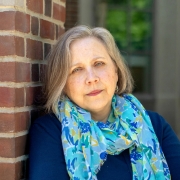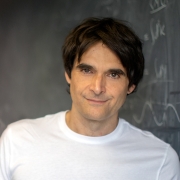Penn Chemists Join International Collaboration to Re-Engineer Disaster Tents

Researchers at the University of Pennsylvania have received a five-year, $3.6 million grant from the National Science Foundation to develop materials for multifunctional coatings on emergency tents, enabling them to manage water, prevent the spread of bacteria, and capture and store solar energy. The grant is part of the NSF’s Partnerships in International Research and Education (PIRE) program, which seeks to foster global collaborations on topics of societal importance. The Penn team features Zahra Fakhraai, an assistant professor of chemistry.
The ultimate goal for the PIRE project is a prototype of an emergency tent that exhibits all three active coating technologies, or ACTs. However, the fundamental nature of the properties they will exhibit mean they could be applied, individually or together, in many architectural contexts. Members of all of the project’s partner institutions will collaborate on the basic science and industrial design necessary to realize the three ACTs.
Fahkraai will lead ACT 3, Self-assembled Nanomaterials for Energy Generation and Storage, with Christopher Murray, a Penn Integrates Knowledge professor with appointments in Chemistry and Materials Science and Engineering; and Karen Winey, the TowerBrook Foundation Faculty Fellow and Professor in Materials Science and Engineering. Lighting, heating, cooling, and communications are critical in disaster zones, so emergency shelters that can provide their own electricity would be more self-sufficient. ACT 3 aims to develop nanoscale “waveguides” that can channel sunlight to photovoltaic panels, as well as polymer-based batteries to store it while in the field.
“The idea is to have energy-harvesting layers, water-collecting layers, and antibiotic layers,” Fakhraai said. “We can make them transparent and porous so they can stack them in different orders depending on what the needs are. The most challenging part will be to make it so that their properties don't interfere.”
Read the article here.





